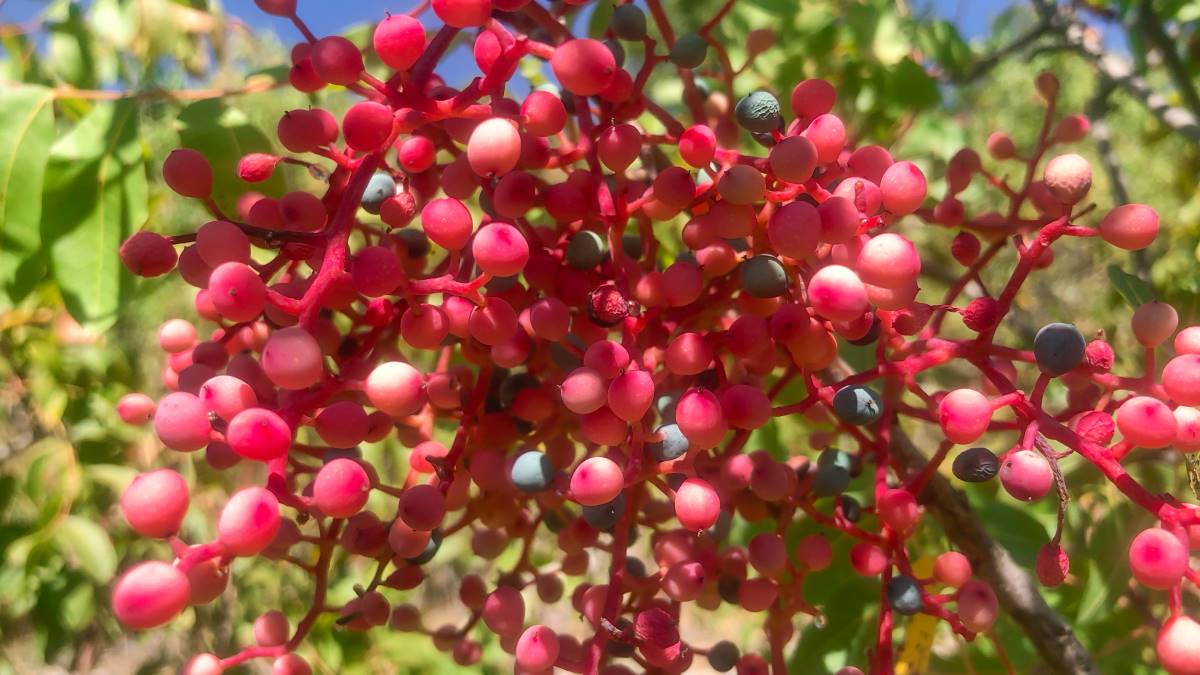Description
Pistacia – Pistachio –
There are 9-10 species of rounded to upright, dioecious, mostly deciduous and evergreen small trees and shrubs in the Anacardiaceae family, in this genus. They occur from dry habitats in the Mediterranean, Central Asia to Japan, Malaysia, Mexico, and Southern USA. They are grown for their foliage, flowers and fruit (although P. vera, which produces the edible pistachio nut, is not grown ornamentally). The alternate leaves are usually pinnate, occasionally ternate or simple which have vivid autumn coloring. It bears small, petalless, mostly mid green flowers appear in usually axillary racemes or panicles, followed by the pepercone like fruit in fall and early winter, on female plants. Grow as specimen trees, they thrive in coastal conditions.
Grow in moderately fertile, sharply drained soil in full sun.
Prone to Verticillium Wilt, dieback, root rot, and scale insects.
P. terebinthus – Cyprus turpentine – Terebinth – This deciduous, freely branching tree, or sometimes large shrub found from Portugal to Turkey, Canary Islands, Morocco to Egypt grows 20′ feet tall and 6-20′ feet wide. It produces pinnate leaves, 4-8″ long, these consist of 5-11, opposite oval, semi glossy, mid to rich green leaflets, with a terminal leaflet. In spring or early summer it bears greenish red flowers, the males in compact panicles, 2-6″ long, the females in looser panicles 2-6″ long. The flowers are surrounded by brown bracts, and are followed by obovoid, edible red to purple brown fruit, to 1/4″ long. The sap yields a fragrant gum, used in cancer treatments.
Zones 3-10





